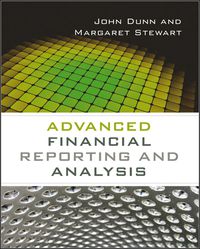Question
For each of the following situations involving single amounts, solve for the unknown. Assume that interest is compounded annually. ( i = interest rate, and
For each of the following situations involving single amounts, solve for the unknown. Assume that interest is compounded annually. (i = interest rate, and n = number of years) (FV of $1, PV of $1, FVA of $1, PVA of $1, FVAD of $1 and PVAD of $1) (Use appropriate factor(s) from the tables provided. Round your final answers to nearest whole dollar amount.)
1. Assuming an interest rate of 6%, determine the present value for the above options. Which option should Alex choose? 2. The Weimer Corporation wants to accumulate a sum of money to repay certain debts due on December 31, 2030. Weimer will make annual deposits of $200,000 into a special bank account at the end of each of 10 years beginning December 31, 2021. Assuming that the bank account pays 6% interest compounded annually, what will be the fund balance after the last payment is made on December 31, 2030?

2) The Weimer Corporation wants to accumulate a sum of money to repay certain debts due on December 31, 2030. Weimer will make annual deposits of $200,000 into a special bank account at the end of each of 10 years beginning December 31, 2021. Assuming that the bank account pays 6% interest compounded annually, what will be the fund balance after the last payment is made on December 31, 2030? (Round your final answers to nearest whole dollar amount.)
Present Value Future Value i n 1. $ 62,000 5.0% 4 2. $ 28,644 $ 76,000 20 3. $ 7.0% 45,500 155,000 4. 11,758 $ 68,822 $ 13,796 $ 12 5. $ 8.0% 10Step by Step Solution
There are 3 Steps involved in it
Step: 1

Get Instant Access to Expert-Tailored Solutions
See step-by-step solutions with expert insights and AI powered tools for academic success
Step: 2

Step: 3

Ace Your Homework with AI
Get the answers you need in no time with our AI-driven, step-by-step assistance
Get Started


